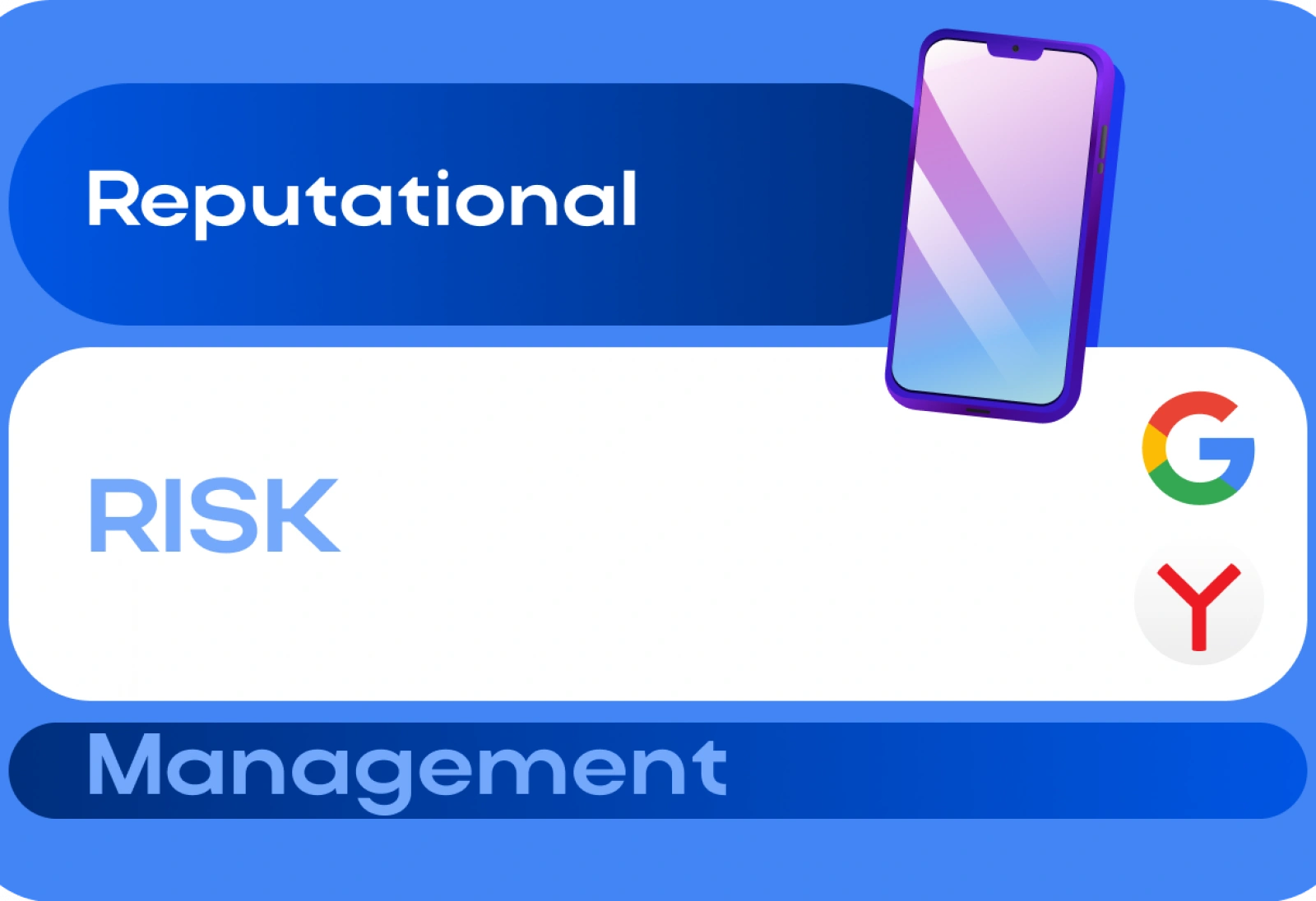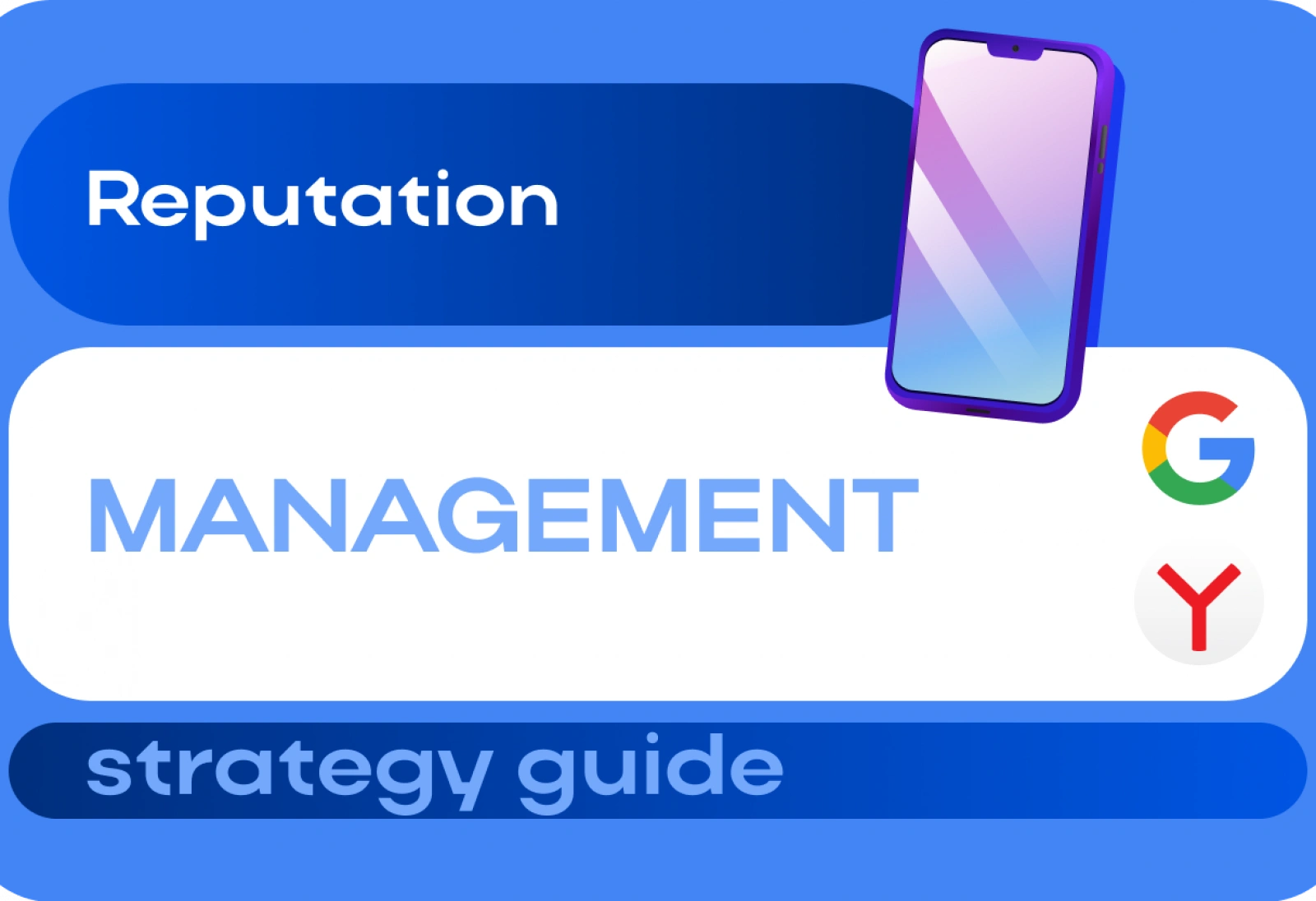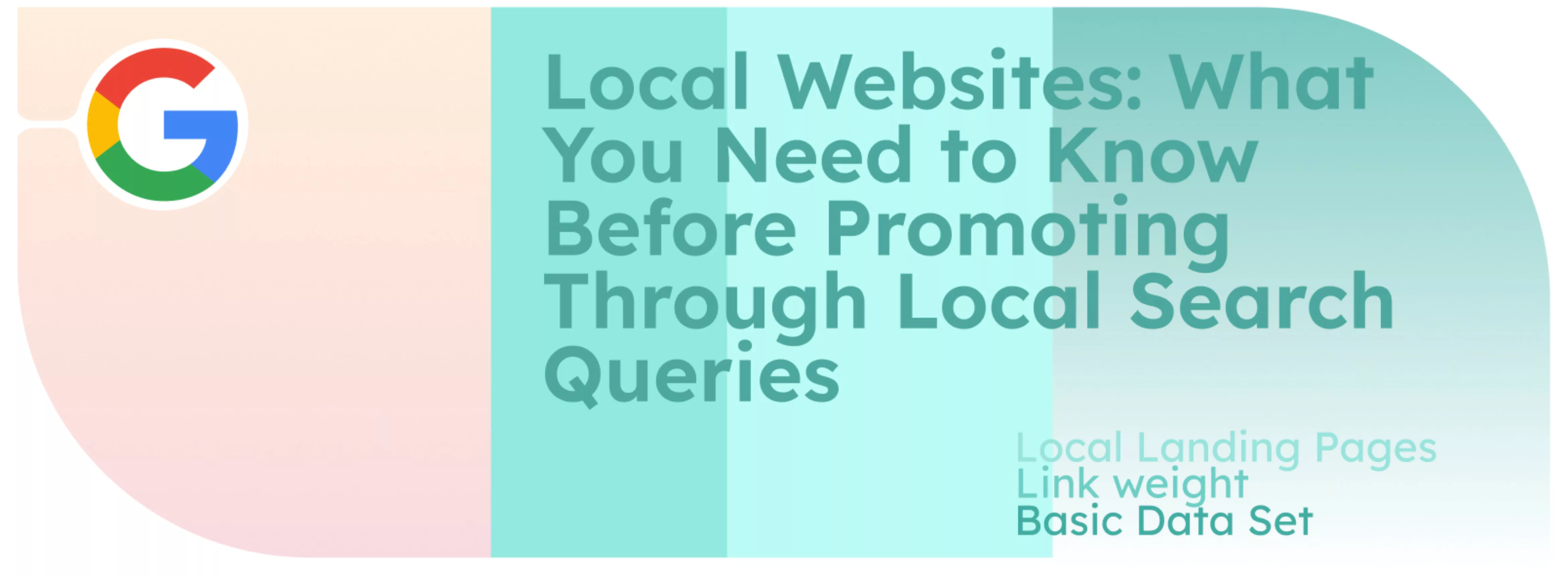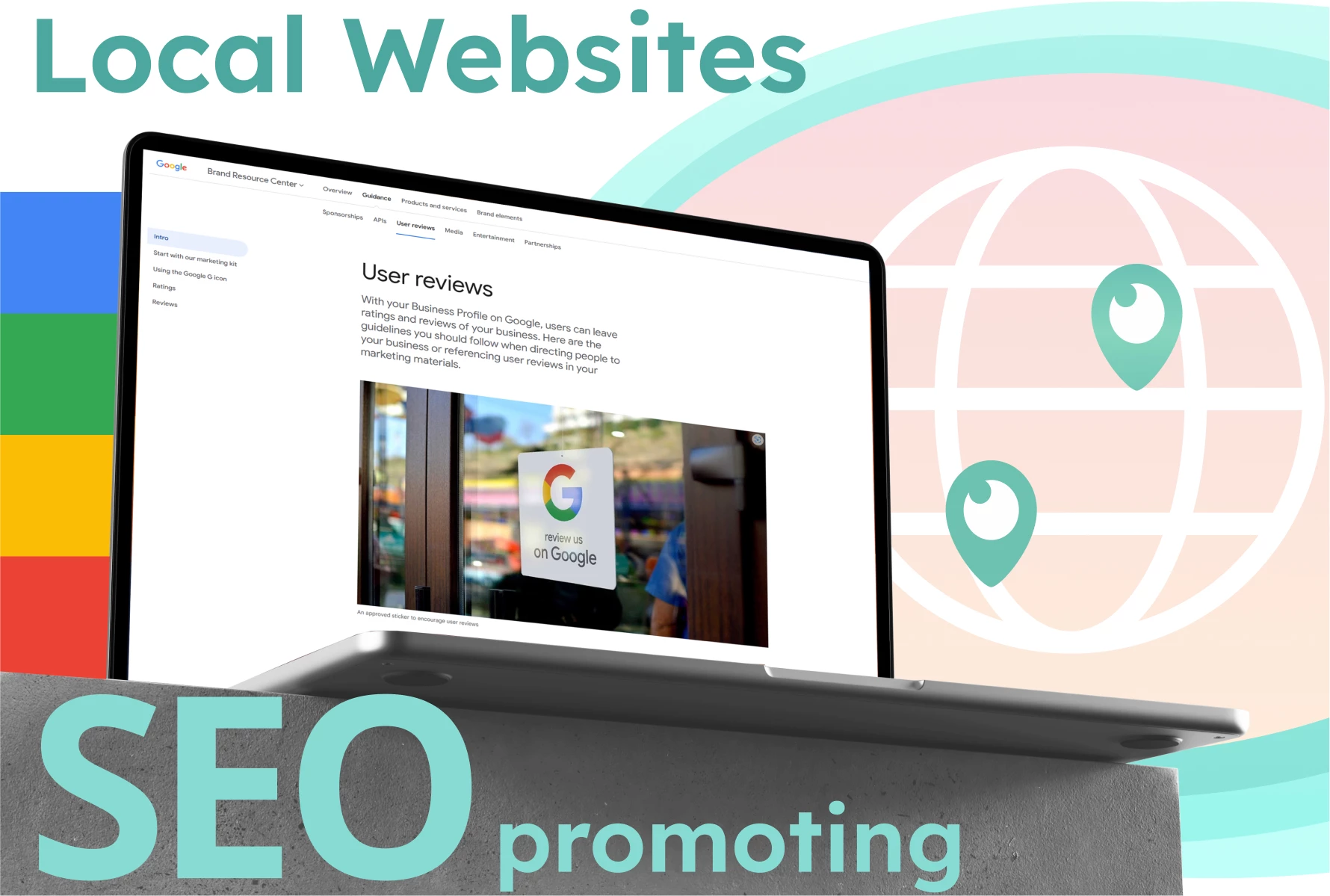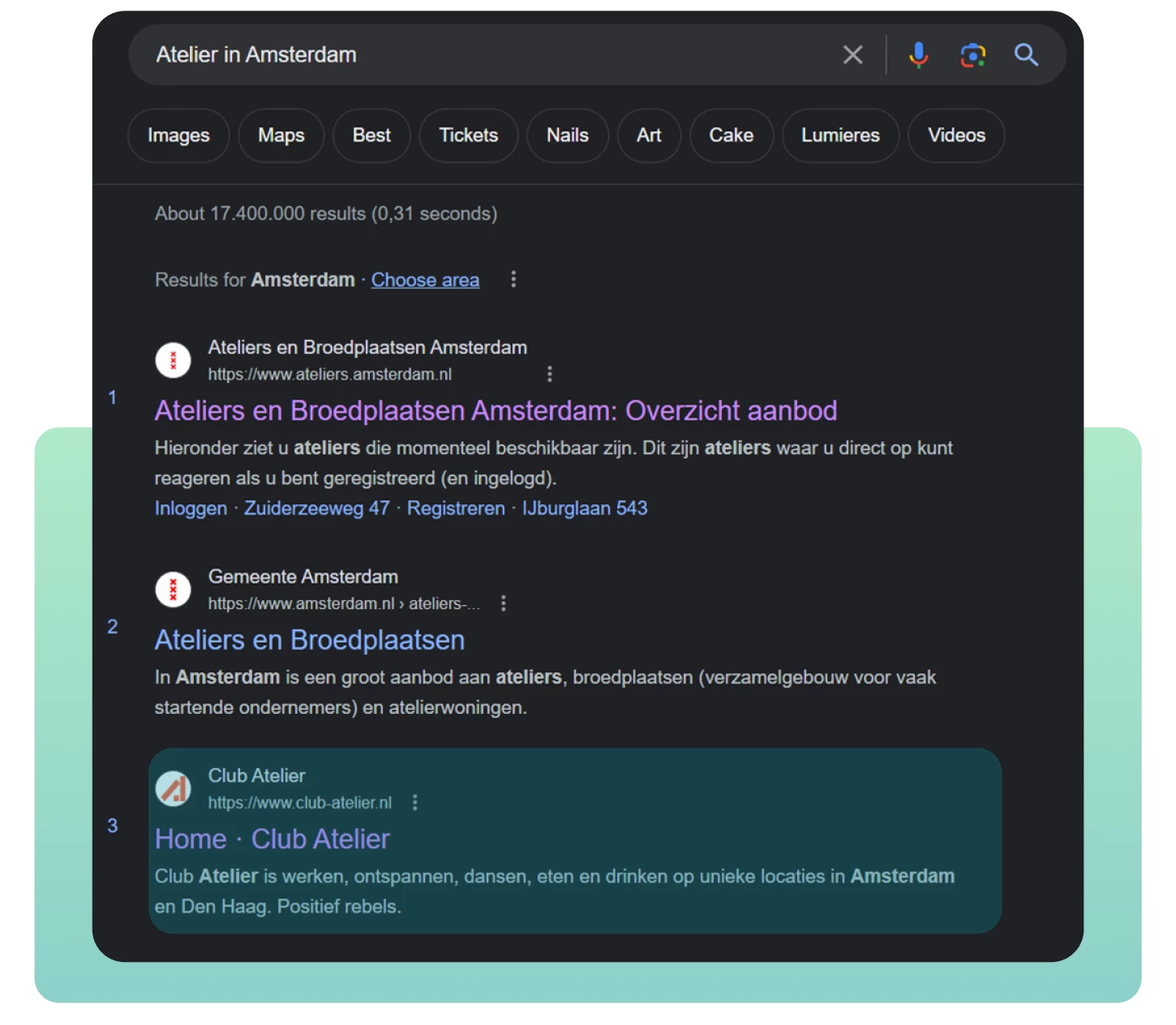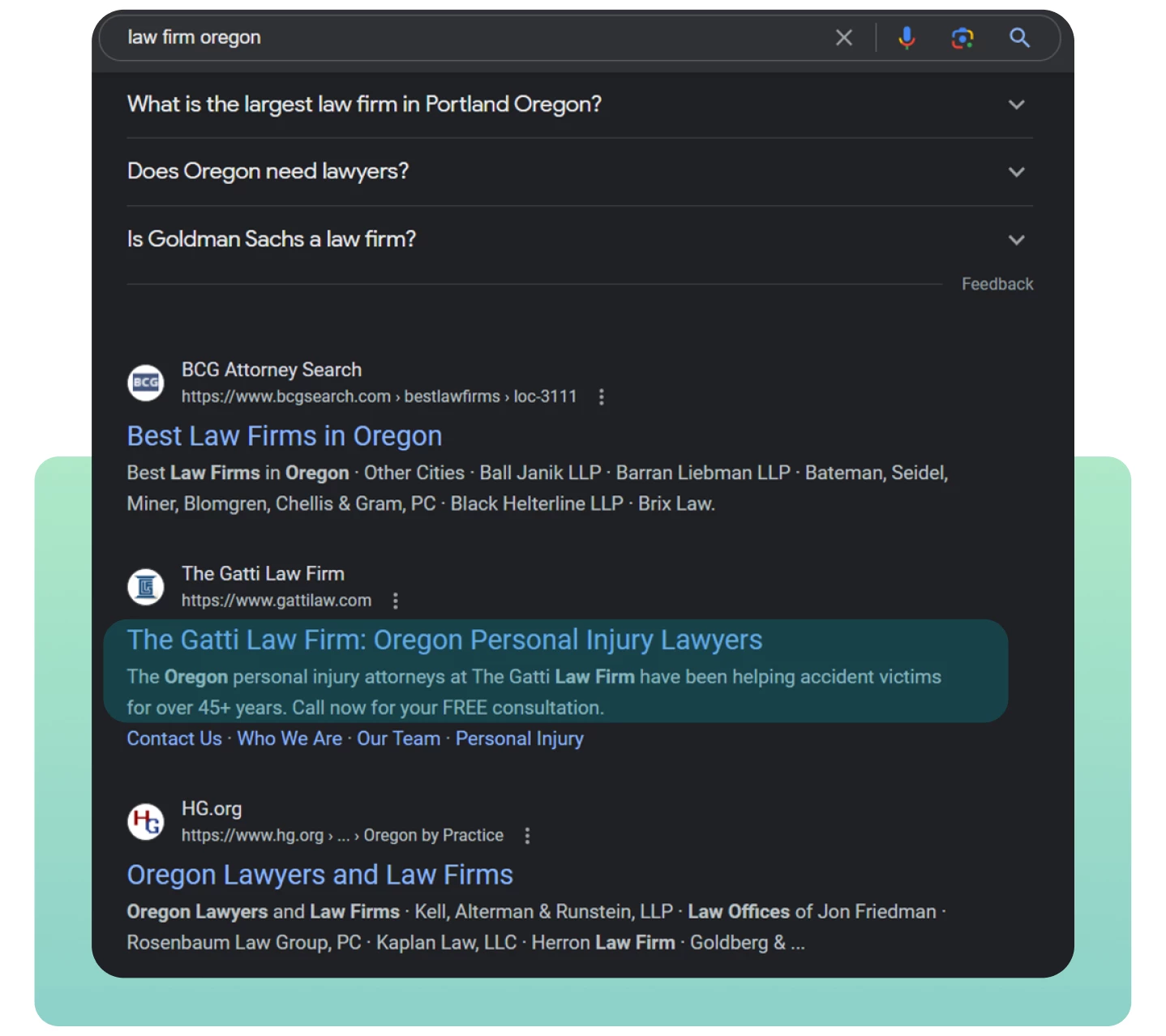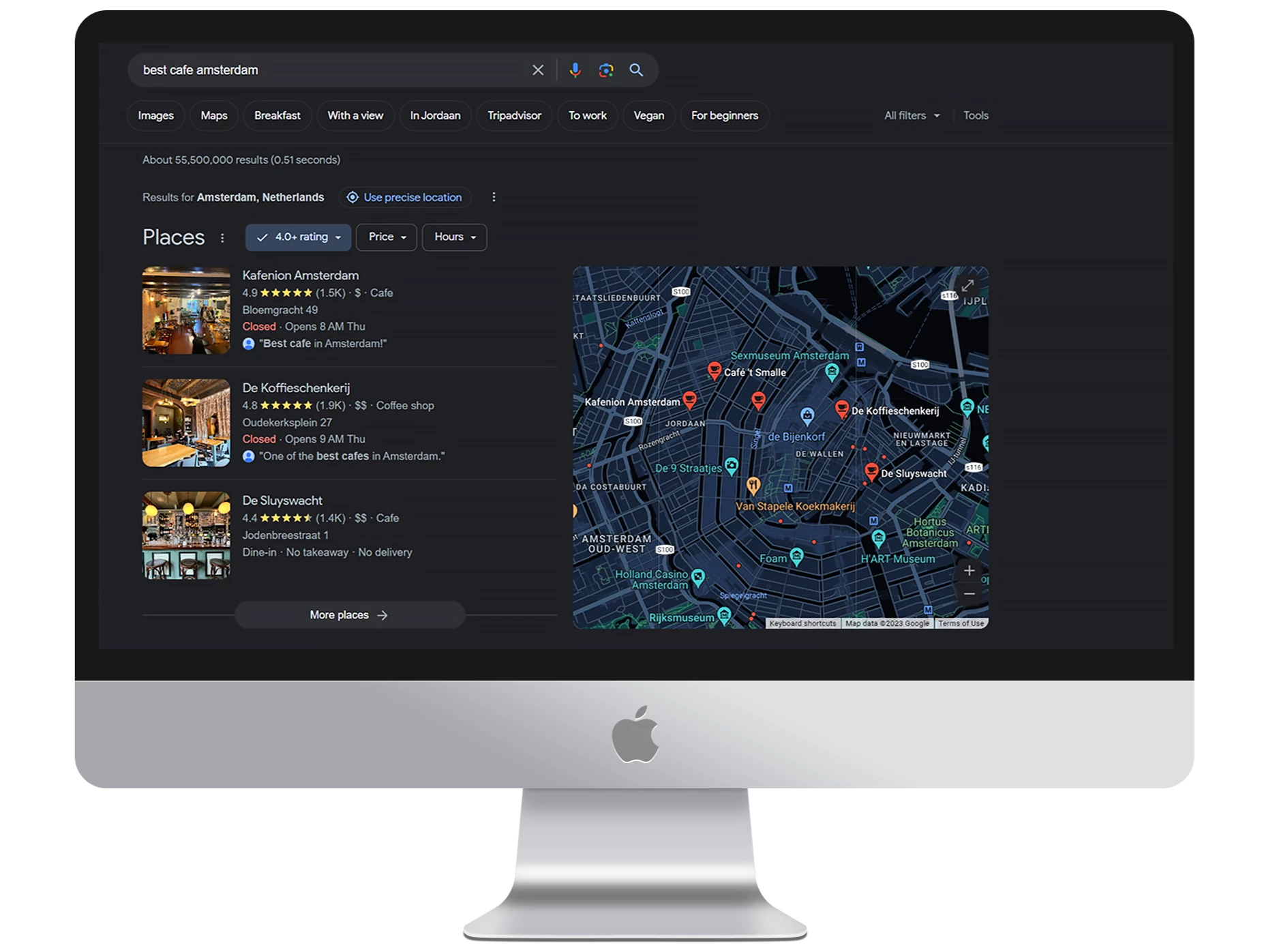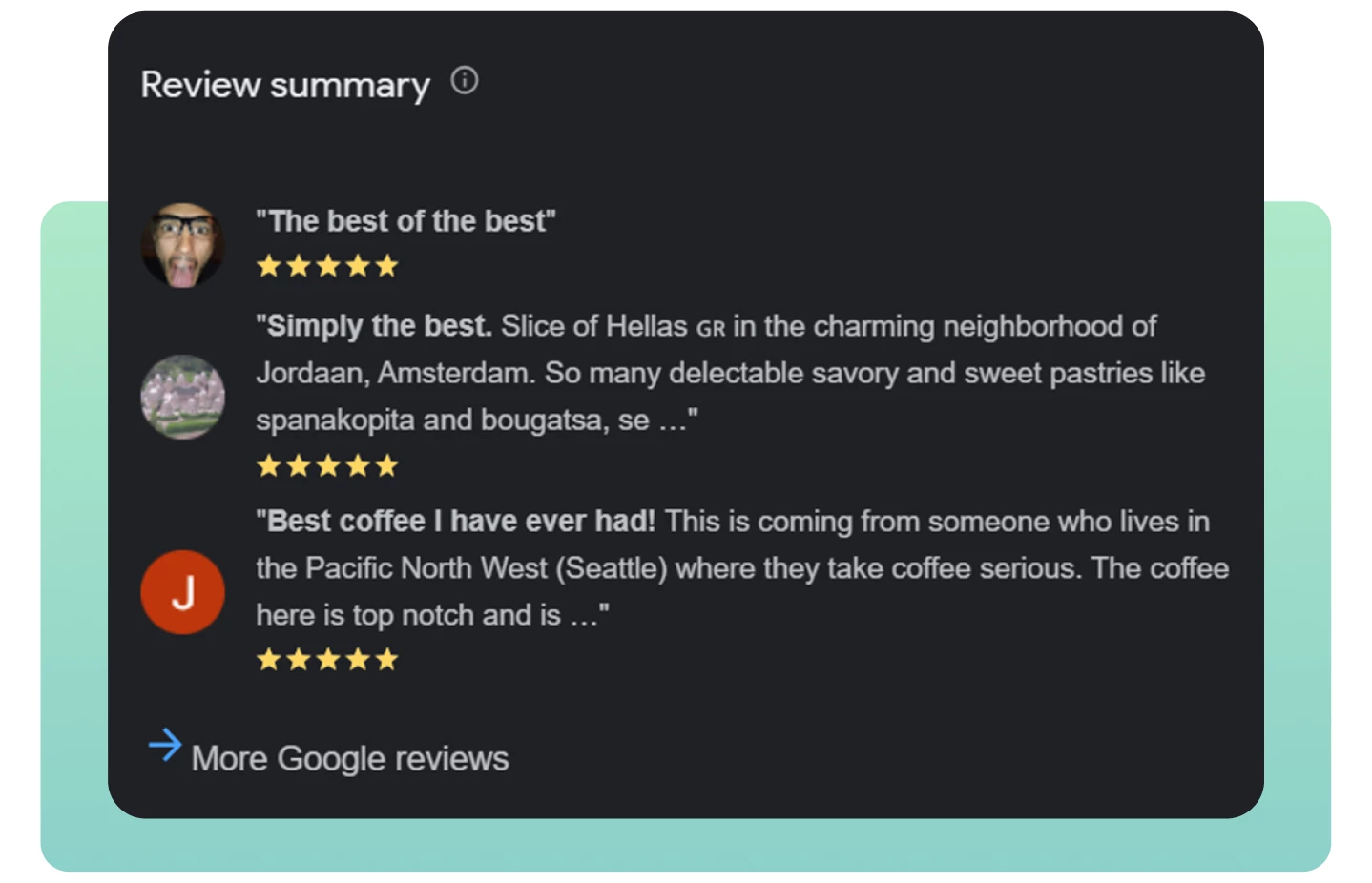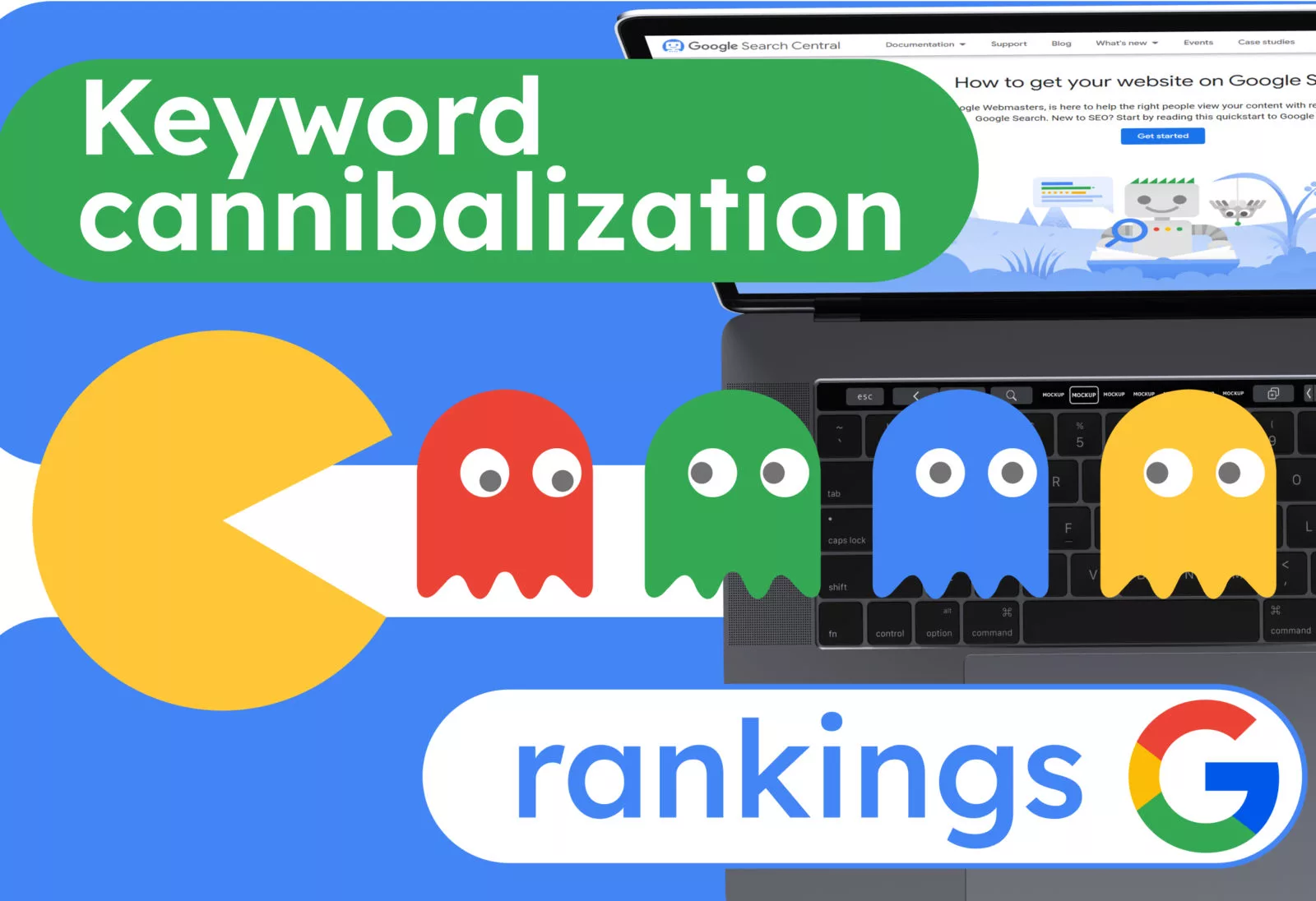Local Websites: What You Need to Know Before Promoting Through Local Search Queries
Introduction
In this article, we will discuss the topic of SEO promotion through local search queries and answer the main question of the topic – whether it is worth creating pages for your business under different local geos.
Local Landing Pages
Most people greatly underestimate the potential of pages or websites created for local businesses.
Usually, the process looks like this:
1. A website is created, where the name of the company, address, phone number, and working hours are indicated. Sometimes even Google maps are added to the site.
2. Then the page is filled with text that no one will read because it is done very carelessly in the style of “it will do.” And if you have several branches, then you simply copy the text to each page, so uniqueness is nowhere to be found.
3. And if you have the courage, then a call to action is added. Perhaps it will be some kind of promotion that will be forgotten later.
And do you think this works? It turns out it does for local SEO, and that’s amazing! But if you think about it, what else does a potential customer need?
A simple example:
I want to relax in Amsterdam and have heard a lot about a club called Atelier. To get more detailed information, I enter a simple query “Atelier in Amsterdam” in the search bar.
On the third place, we see the website I need. And I simply click on it. What will concern me? The address, working hours, current events, menu, and the presence of a dress code or any other rules.
All of this information can be found on this local website.
And I can even book a table for the date and number of people I need. Does this satisfy my needs? Absolutely!
Now let’s figure out together how to better promote local stores, establishments, and other companies on Google.
Purpose of the page with the specified location.
In traditional retail, such pages can typically be divided into four types:
1. Exact location. The location of a specific company/enterprise is indicated; for example, Club Atelier – Anthony Fokkerweg 3, 1059 CM Amsterdam.
2. Department or division location. Here, specific services or departments available at this location are usually presented. An example would be any Apple or Samsung Store.
3. City page. The city where the company’s physical addresses are located is usually indicated, for example – Google Amsterdam (The Netherlands) – MD Amsterdam.
4. State/region/country page. We think it’s clear enough. Pages where the state or country of the company’s location is indicated.
Actually, everything depends on the nomenclature of addresses in specific countries, so on different regional domain zones, you can see different variations.
A great example in this regard is law firms in the United States. Due to the fact that different states may have completely different legislation, it is easy to create a local site for a lawyer who works in a particular state.
For example, someone already writes in the headline that they deal with personal injury cases. This approach will help you create a structure to target search results in specific regions – usually displayed below/above local packs – and will assist your Google Business Profile (GBP) in being more relevant for queries related to these areas.
Why is this important for SEO?
Despite being a relatively simple SEO tool, local pages can greatly aid your SEO efforts. These pages are designed to target two types of search queries:
1. Brand queries.
In fact, optimizing for these should be your top priority. When a user enters a search query like “McDonald’s near me” – Google aims to display the nearest branch on the map. The same should apply to your company. This category also includes similar queries in terms of intent, such as “business N hours,” “address of business N,” and so on.
Important point: If you don’t have a specific location page, Google may display your homepage or a page from a nearby city, or possibly a page from a third-party website, such as a local business directory that uses your brand name plus location for SEO purposes.
2. Non-branded local queries.
This refers to queries that don’t initially include your company’s name, indicating that the user may not have heard of you before. However, if the services you provide align with their search query, you have an opportunity to capture their attention.
Examples of such queries include “pizza near me,” “burgers near me,” “best restaurant in city N,” and so on.
Companies with a single location often rank for these queries using only their homepage, which essentially serves as a location page. However, if you have multiple branches within one geographic area, it is advisable to create pages targeting specific neighborhoods, cities, or states.
Link weight
Local pages are also great magnets for external links. Business directories often link to them, and over time, they accumulate backlinks from local media sites and other resources. Subsequently, these backlinks can spread the link authority throughout the website.
Ranking local pages in the local pack
Before we delve into this topic, let’s understand what the Local Pack is. The Local Pack refers to the top three positions in the extended search results that you see, for example, when searching for “best cafe Amsterdam.”
The most important ranking factor in the Local Pack is having a Google Business Profile (GBP) and linking it to the regional page you want to rank for.
Important point: It’s worth mentioning that your homepage may have more opportunities for location targeting than your specific city-based local page. Therefore, it’s recommended to test which one performs better for your GBP.
Basic Data Set for Good Ranking
It’s simpler than it seems. The data on your page and the data on your GBP should match. The basic data set includes the company name, address, contact number, and business hours.
From personal experience, it has been found that local pages with accurate data always rank higher in search results compared to companies whose data does not match or is incomplete.
Organize the data on your local pages using the LocalBusiness schema markup. This includes NAP (name, address, and phone number), as well as business hours, payment options, and average check. There are several categories available, so it’s best to determine which one suits your company.
Just for reference, there are at least a dozen specific categories in this markup, such as:
- ArchiveOrganization
- AutomotiveBusiness
- ChildCare
- Dentist
- DryCleaningOrLaundry
- EmergencyService
- EmploymentAgency
- EntertainmentBusiness
- FinancialService
- FoodEstablishment
- GovernmentOffice
- HealthAndBeautyBusiness
- HomeAndConstructionBusiness
- InternetCafe
- LegalService
If you have a multi-brand company, make sure to familiarize yourself with the Organization categories so that you can properly markup the data on your page.
Important point: Don’t forget about breadcrumbs that connect parent URLs of cities/states, marked up with the Breadcrumb schema. Additionally, keep in mind that meta tags like H1 should emphasize the brand name and location. For example, “McDonald’s in Arizona.”
Advanced SEO for Local Pages
If you think it might be challenging, relax. It will just require a little self-study, but it’s entirely possible to do it yourself if you are willing. Let’s break it down step by step. You can start local optimization simply by copying a block or page of a particular service and replacing the metadata, as well as editing the data on the page to match the desired geo. This way, you can independently test whether scaling your company in local SEO is possible.
Links to Nearest Branches
Don’t forget to include links to pages with the nearest locations on your local pages. Why, you may ask?
It’s all about how Googlebot works: when a company has too many locations or branches, it becomes more challenging for search bots to index your company. That’s why you need to create cross-links between locations. In practice, it works as follows. If you have multiple locations in State N, on the page for City A, you create a link to City B within the same state. This makes it easier for search bots to understand that your branch is indeed located in City A of State N because you also mention the neighboring City B from the same state.
Add Reviews
Be sure to feature a review feed on your website and remember to keep it updated.
Important point: Before addressing this issue, make sure to familiarize yourself with Google’s documentation regarding displaying reviews and the potential penalties that can be imposed by the search giant for review manipulation.
After implementing the markup for reviews, they will be displayed in your company’s business profile. The more reviews you have and the higher your rating, the better your chances of achieving high positions in the Search Engine Results Pages (SERP).
Links to Product or Service Categories
If you have a pizzeria, for example, include a link on your local page to the categories featuring your pizzas. This will give an additional boost to its ranking.
Based on the experience of colleagues, it can be said that companies that do this tend to rank several positions higher. This is a simple action that can be done in an hour and enjoyed for future results.
What Not to Do?
There are certain things we do not recommend or simply aren’t confident will yield the desired results. For example:
1.Creating “thin” pages for each neighborhood. This is a classic strategy for service-oriented companies, often with unique content for each page. However, there have been cases where Google applied manual penalties to such pages. Study your competitors in this niche and see which pages are most popular, then make sure yours are just as good or even better. In local SEO, the quality content threshold is lower than in international SEO.
2. If you’re a retailer representing multiple brands, it’s not necessary to create individual local pages for each brand. Most of the information would be duplicated, resulting in minimal organic traffic.
Above all, avoid creating local pages without a physical location. In 90% of cases, it leads to failure. Google prefers references to physical addresses.
These are the basic points that we ask you to refrain from when experimenting with local SEO.
Conclusion
Despite the fact that most of our colleagues share the factors of local search engine optimization ranking in percentage terms, we will do it differently. Ask why? The thing is, everything is unique, even if you try to Google “local seo ranking factor 2022” right now, the data will differ for each agency.
Just remember that in local SEO, the following are important:
- Accurate information
- Proper data markup
- Unique content
- Link profile
- Authentic reviews
- Keywords
Thank you for reading the article to the end! I hope the article will be helpful for you! Don’t be afraid to experiment, just try to do it step by step so as not to break your SEO and website in general.
